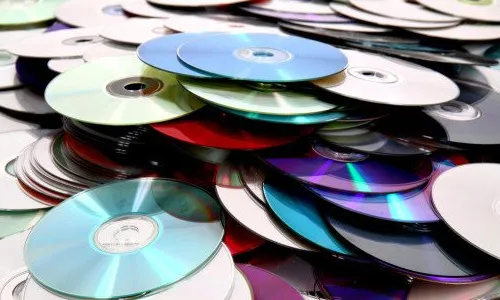Scientists from the State University of New York at Binghampton have found a new application for old CDs, using them to make flexible wearable biosensors, reports the New Atlas site. As digital music files became more popular, CDs fell out of favor. However, some of them can “resurrect” for a new life.
Although CDs are primarily made of polycarbonate, they contain a thin layer of reflective foil, usually aluminum. At the so-called gold compact discs it is of the precious metal.
Usually, when these CDs are disposed of, the gold foil goes to landfill. But thin layers of gold are also used in flexible biosensors that stick to the skin. Therefore, the scientists asked themselves the question whether they could not use the gold from the CDs for this purpose.
They developed a technique where gold CDs are initially soaked in acetone for 90 seconds. In this way, the polycarbonate is destroyed, which leads to the loosening of the connection between it and the foil.
The engineers then applied polyamide tape to the gold layer and peeled it off the polycarbonate. Flexible circuits are cut from this layer to produce sensors that stick to human skin and can be used repeatedly.
In combination with other electronics, they can be used to monitor the electrical activity of a person’s heart and muscles, to measure lactose, glucose, pH and oxygen levels. All data can be transmitted to a smartphone via Bluetooth.
The entire recycling process takes only 20 to 30 minutes, requires no expensive equipment, and costs approximately $1.50 per sensor. And although acetone is used in the process, no toxic chemicals are released into the waste stream.












